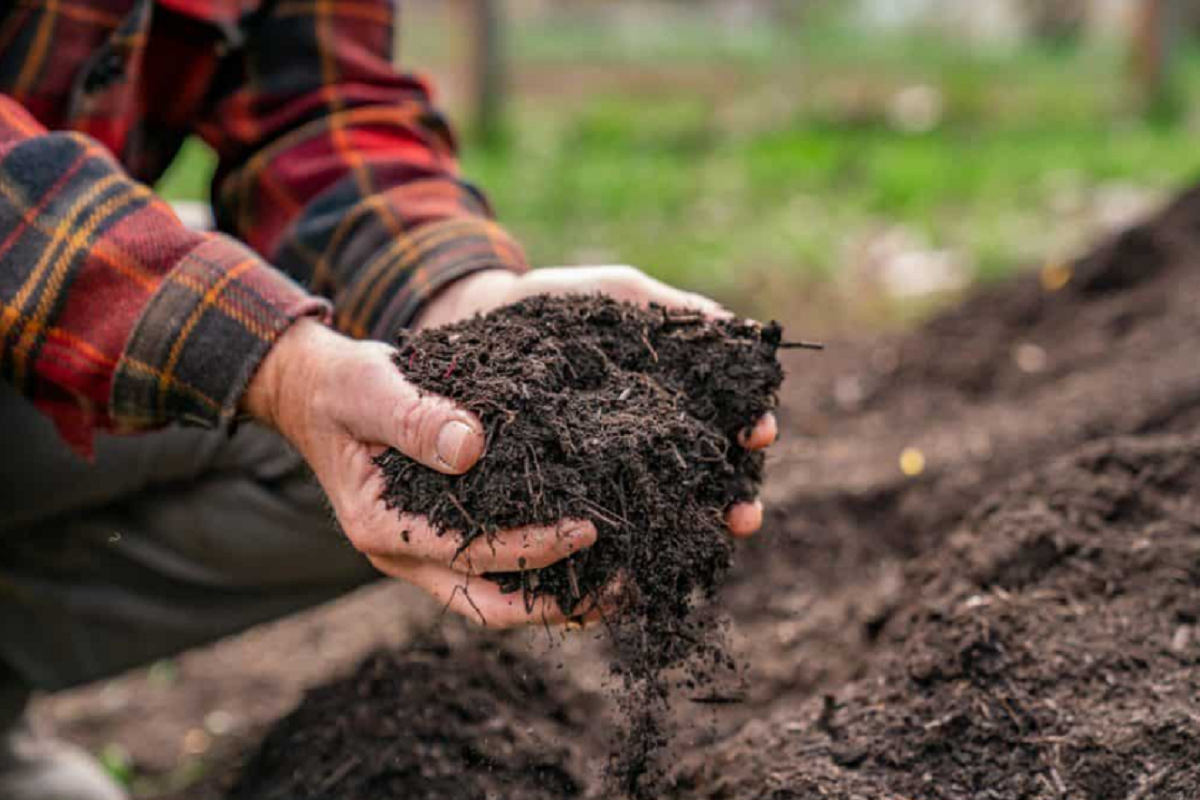
Compost is a resourceful way of recycling food scraps and yard trimmings in order to form an organic plant fertilizer that improves the soil’s chemical and physical properties. Adding organic compost to the soil helps improve the soil’s moisture retention, increases nutrient retention, aids drainage, reduces compaction of dense soils, and acts as a natural source of nitrogen.
Making your own compost not only produces the highest quality of organic compost but also reduces your carbon footprint. It will save you lots of money on purchasing mass-produced compost, along with the money spent on gas and travelling. Also, you’ll be able to put all forms of organic waste to good use.
What do you need to make compost?
If you are an amateur farmer or gardener, then you can start making your own organic compost at home in either a compost bin or a pile. Make sure that your compost bin or pile is in a dry and shady spot with a water source nearby. For beginners, it is recommended to avoid animal manure because it can sometimes carry pathogens that can negatively affect the soil.
You can start your compost pile with vegetable and fruit peels, rotting vegetables and fruits, vegetable and fruit scraps, coffee grounds, tea bags, egg shells, pulled weeds, grass clippings, and dried leaves. In order to produce a carbon-rich compost, use carbon-rich materials such as bread, ash from firewood, natural fibres, hair, tissues, dead and dried plant materials, paper straws, cardboard, newspaper, and wood chips.
There are certain waste products that cannot be used to create compost because it doesn’t break down easily and will disrupt the breaking down process of other products.
These things include cooking oils, disease-ridden plants, clippings from a recently treated plant, plastic-coated papers, glass, and coal ash. You should also not add dairy or meat products to your compost pile because it will attract rodents.
Types of compost piles
There are several different ways to make organic compost. In this article, we will focus on two of the easiest and least time-consuming ones. Cold composting refers to the technique of producing compost where organic waste is tossed into a pile and left to decompose on its own. All you need to do is toss your organic waste together in order to let the natural bacterial process run its course.
On the other hand, hot composting refers to the technique of producing compost where you need to monitor the temperature and moisture levels of the compost in the compost pile to ensure that the decomposition process is accelerated. This method of composting is faster than cold composting. However, it requires a lot of work on our part.
How to make your own compost pile?
To make your own compost pile, you’ll need enough material to make a pile that is at least 3 feet tall. Combine all of your green (kitchen waste) items with brown (garden or paper waste) items in a secluded and shady place that is near a water source. If you think that your compost pile is dry, then mix more water or green waste into it. On the other hand, if it seems very wet, then add more brown waste.
Spray the compost pile with water if you want to produce hot compost. Then stir the compost pile at least once a week with a garden fork to incorporate oxygen into the pile. Whether it is hot or cold compost, stirring it in regular intervals will help it cook faster and stop the pile from developing an odour.
At the end of this process, you’ll be left with a dark-coloured, crumbly, and earthy-smelling product. Start using the end product at the beginning of the active growing season to replenish the soil and feed it with necessary nutrients. Composting is a wonderful way to utilize your waste and use it to keep your garden and the plants in it happy.










